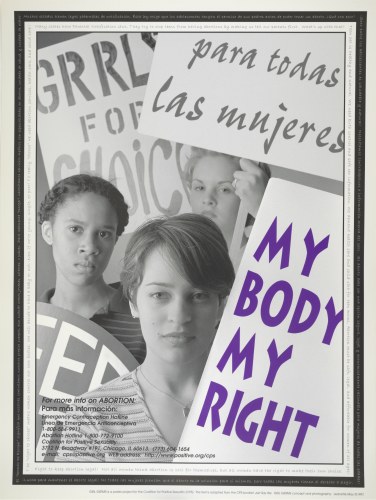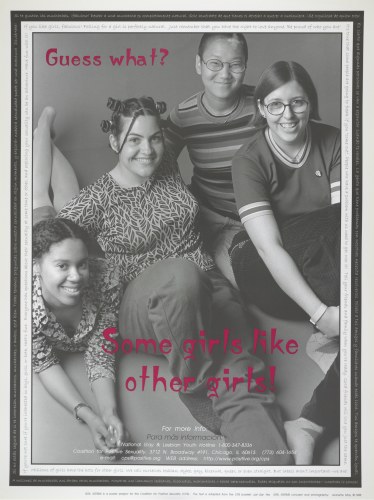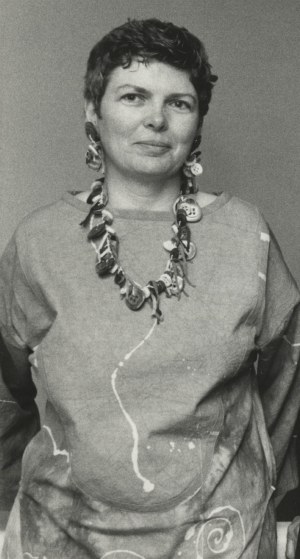We’re celebrating the beginning of a new fiscal year by reviewing some notable items and collections that arrived here at the RBMSCL in the past year. Get ready for announcements of many more exciting acquisitions in 2011-2012!
Unsterblicher Tugend-Schatz durch gute Handelschafft erworben von der weyland durchleuchtigsten Chur-Fürstin … Elisabetha Amalia Magdalena verwittibten Pfaltz-Gräfin bey Rhein, und Chur-Fürstin in Bayrn …bey drey-tägiger Leich-Begängnus in einer Lob-Rede by Nicolaus Staudacher, 1710
A memorial volume produced in Augsburg, Germany, after the death of the Countess of Pfalz-Neuburg (1635-1709), showing engraved versions of the 25 giant emblematic paintings created for the funerary ceremonies by the Countess’s court painter, Franz Haagen. A very rare book, it complements the outstanding collection of German emblem books in the RBMSCL.
For more photos of our new acquisitions (and other materials from the RBMSCL’s collections), check out the “From the RBMSCL’s Collections” set on the Duke University Libraries’ Flickr photostream.
Post contributed by Will Hansen, Assistant Curator of Collections.
Previous posts:
















